The American Avocet is a bird species belonging to the family Recurvirostridae. Its scientific name is Recurvirostra americana. It is a medium-sized shorebird with distinct black and white plumage and long, thin, upturned bills.
American Avocets can be found wading in shallow wetlands, sometimes in water less than 8 inches deep, but they are also known to swim in deeper waters. Foraging in shallow fresh and saltwater wetlands, salt ponds, impoundments, and evaporation ponds. When they forage, they search for aquatic invertebrates in shallow water while wading or swimming. Their diet is composed of a variety of prey such as beetles, water boatmen, midges, brine flies, fairy shrimp, water fleas, amphipods, small fish, and seeds from aquatic plants. These avocets employ a unique hunting technique called scything, where they sweep their bill from side to side to catch prey in the water column. They repeat this behavior with every step, placing their slightly open bill in the water and moving it in the direction of their outstretched foot, alternating sides with each step. Pecking and plunging are also used by American Avocets to capture prey. Pecking involves lunging out with their bill to snatch prey within the water column or in the wetland bottom while plunging requires the birds to submerge their head and neck underwater to grab prey in the water column. The birds’ foraging methods are influenced by the time of day, flock size, and date. Scything and pecking are more common during the day while plunging is more frequent at night.
During the breeding season, they form loose colonies and defend their nest sites by adopting various postures such as outstretching their necks or performing a crouch-run while ruffling their feathers to deter intruders. When faced with a land predator, they may approach the threat with a teetering gait and outstretched wings, as if walking on a tightrope. To distract the predator, they may crouch on the ground as if incubating and then move to another location to repeat the action.
Before copulation, male American Avocets engage in a display where they preen themselves with water, gradually increasing the intensity until they frenziedly splash about just before mating with the female. After mating, the pair intertwines their necks with their bills crossed and runs forward. The pair stays together for one breeding season. During the nesting period, the American Avocets perform a unique display called “circling,” where two pairs or a pair and a third individual form a circle and stretch their bills towards each other while rotating and calling out. On their wintering grounds, they often gather in flocks with other shorebirds, especially the Black-necked Stilt, foraging and resting together. They nest in areas with little or no vegetation along dikes and islands. During winter they also use intertidal mudflats, tidal lagoons, brackish impoundments, sewage ponds, rice fields, and flooded pastures. The selection of a nest site is a joint effort by male and female avocets. The male takes the lead, guiding the female around and creating scrapes in the ground until they agree on a suitable location. The nest itself is formed by either the male or female making a shallow indentation in the earth using their breast and feet. They may then line the scrape with materials such as grass, feathers, pebbles, or other small items, although some nests are left unlined. During incubation, additional lining may be added to the nest, particularly if there is a risk of flooding due to rising water levels.
The American Avocet is not currently classified as a threatened or endangered species, according to the International Union for Conservation of Nature (IUCN) Red List. However, it is still facing various threats, such as habitat loss and degradation due to human activities such as agriculture and urban development, as well as climate change.
Here are some ways to help protect the American Avocet and its habitat:
1. Support conservation organizations: Many organizations are working to protect the habitats and populations of the American Avocet, such as the National Audubon Society and the American Bird Conservancy. Consider donating to or volunteering with these groups.
2. Advocate for habitat preservation: You can contact your elected officials to advocate for the preservation of wetlands, marshes, and other essential habitats that the American Avocet depends on for survival.
3. Plant native plants: By planting native plants in your yard, you can create a habitat for birds like the American Avocet and help restore degraded areas.
4. Reduce your carbon footprint: Climate change is a significant threat to the American Avocet and many other bird species. You can help by reducing your carbon footprint, for example, by using energy-efficient appliances, driving less, and eating a plant-based diet.
By taking these actions, we can help protect the American Avocet and ensure that future generations can enjoy these beautiful birds.
Photo Credit: Dan Kon
Author: Renada Hill – Valencia State College
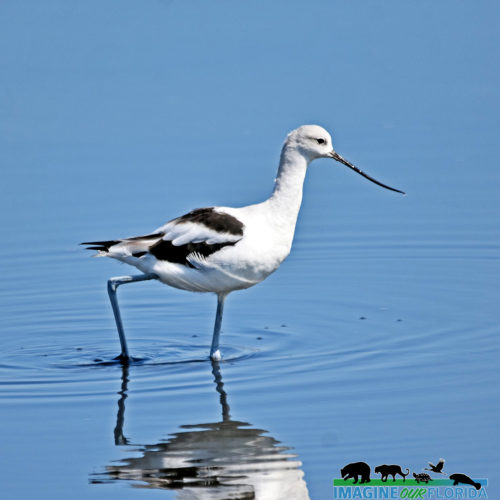
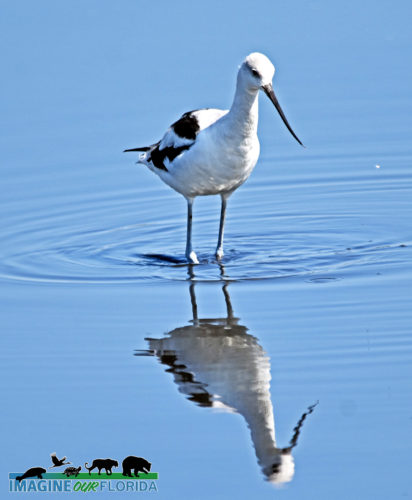
Like this:
Like Loading...
http://www.azfo.org/…/…/AZFO_SORA_CALLS_2_deviche_092405.mp3

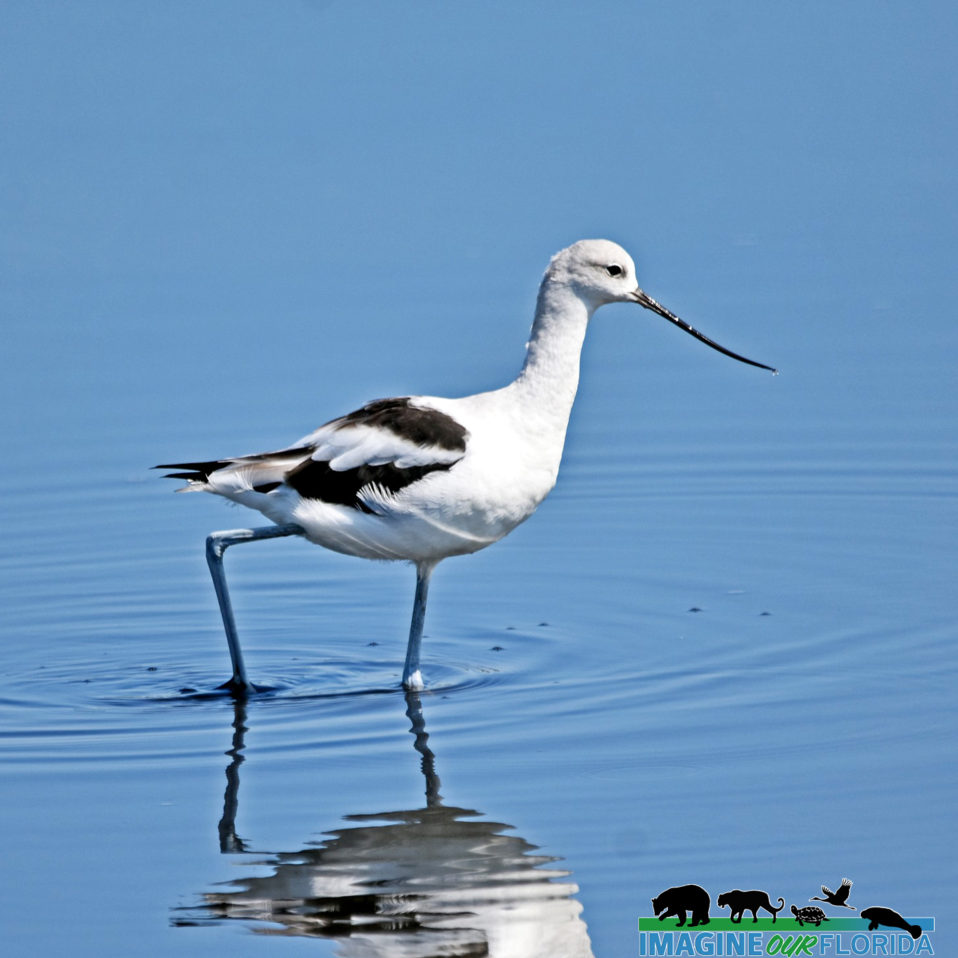


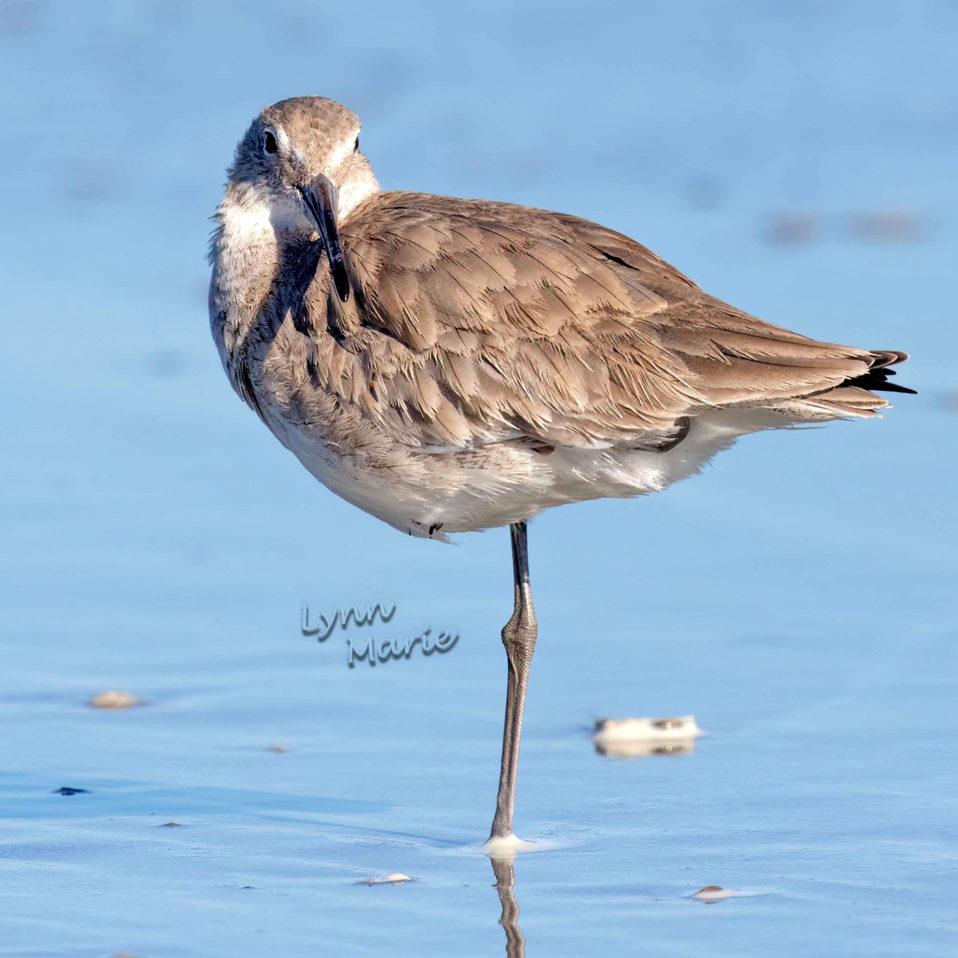
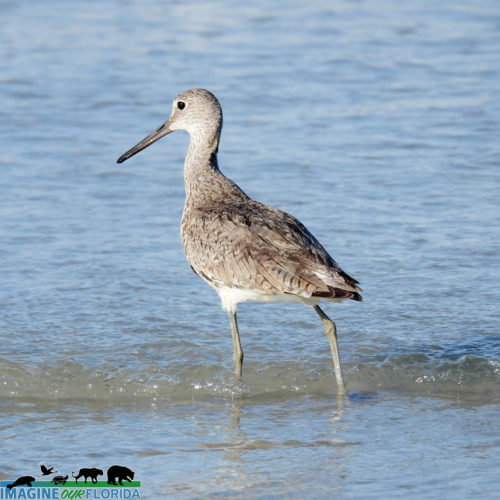
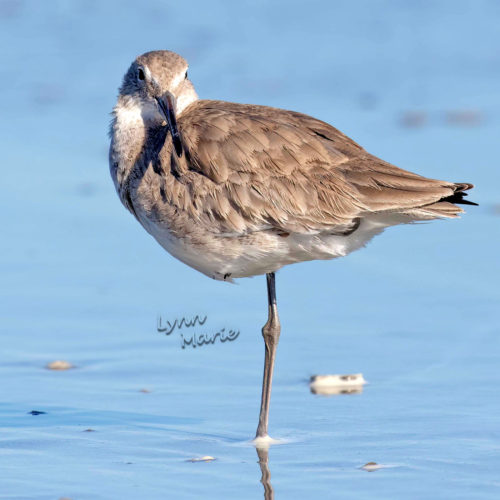
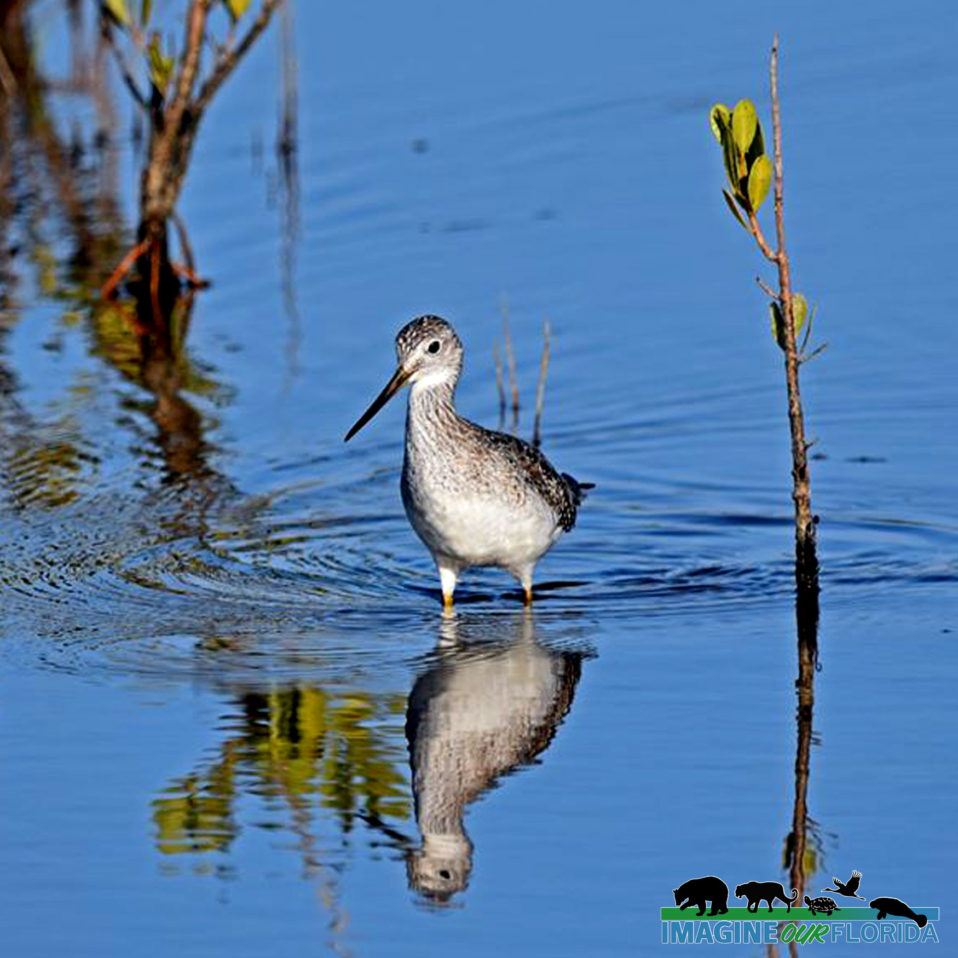
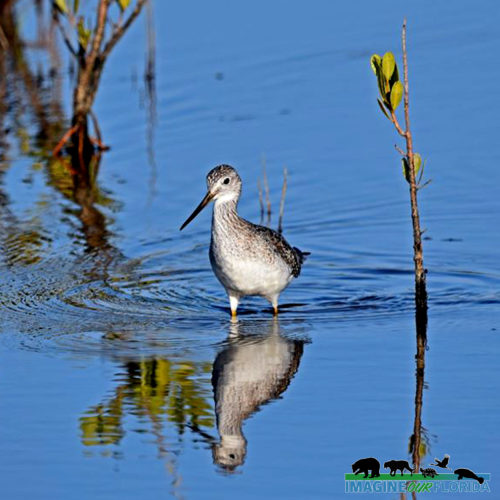
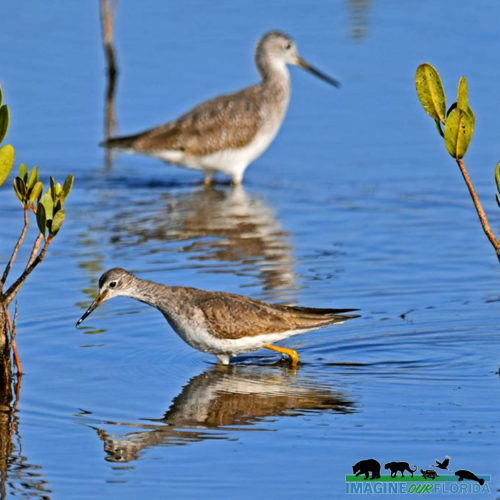
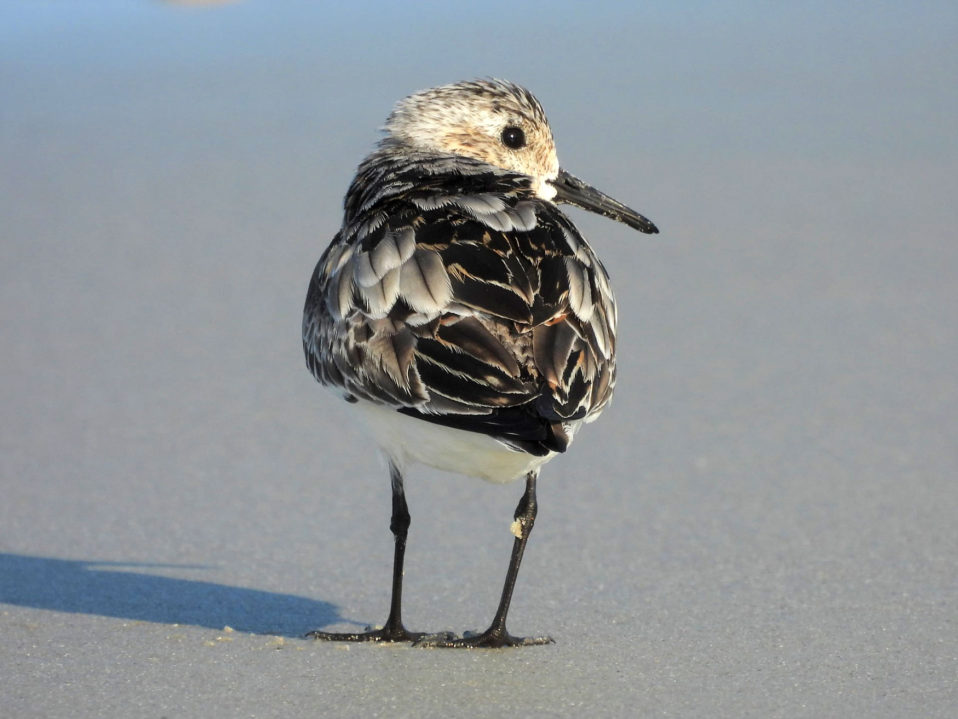
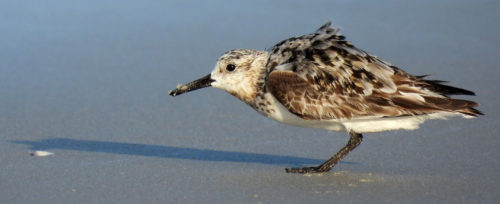
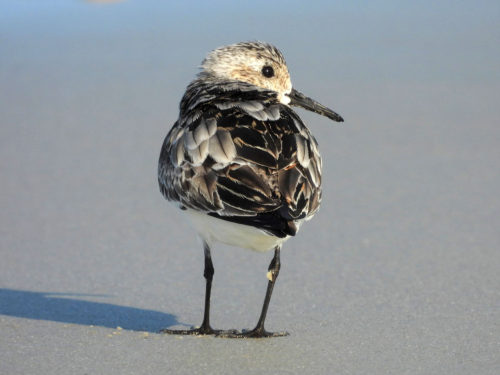
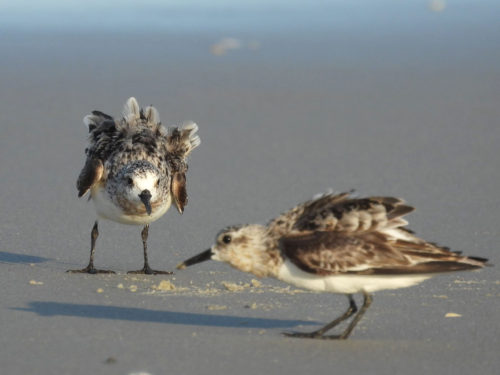
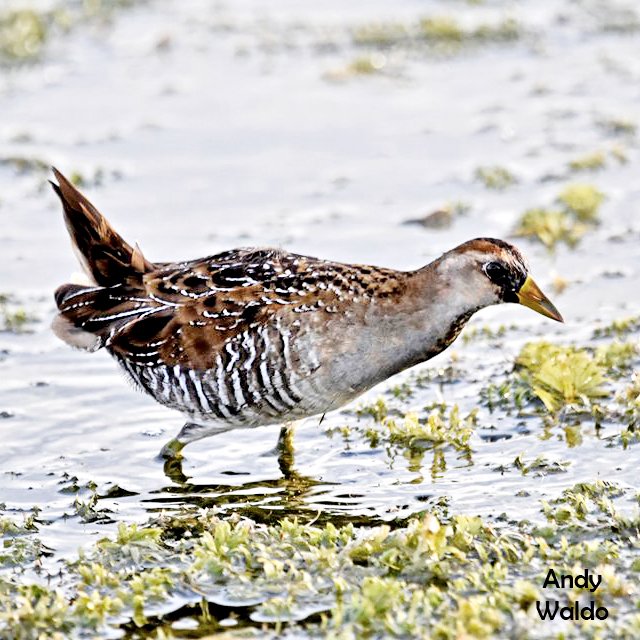
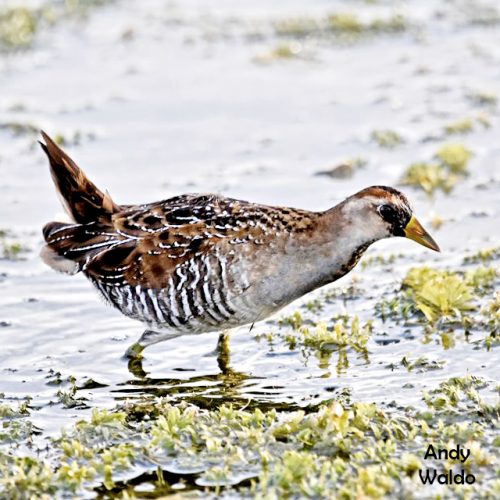
Recent Comments